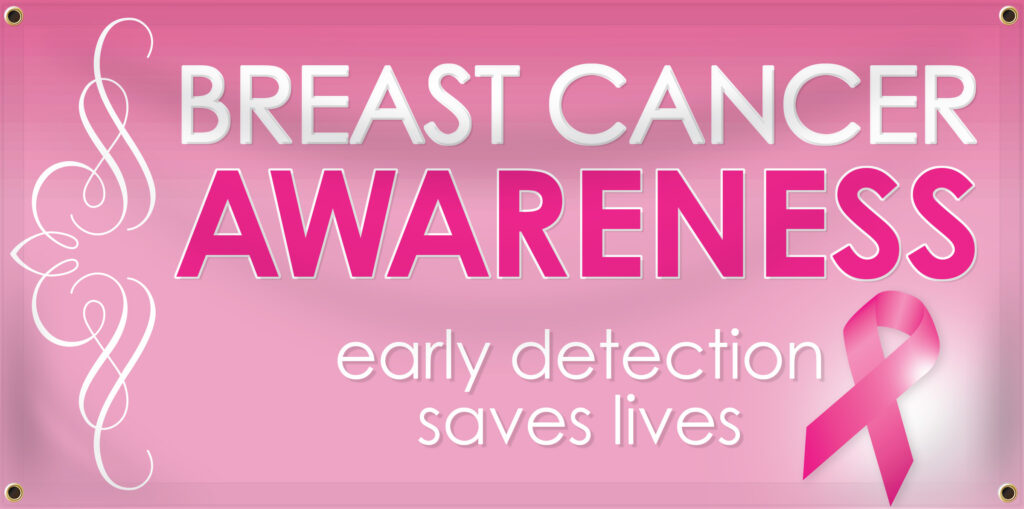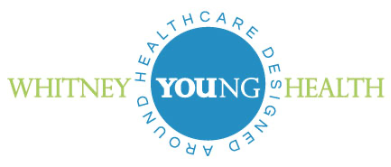
About 1 in 8 U.S. women (about 12%) will develop invasive breast cancer over the course of her lifetime. Breast Cancer is also the most common cancer among women in the United States (other than skin cancer). These shocking statistics just prove why millions of people all over the world partake in Breast Cancer Awareness Month every October in hope to find a cure. This month is a chance to raise awareness about the importance of early detection of breast cancer.
Almost everyone knows someone who has been diagnosed, survived, or sadly passed away from this horrible disease, however; millions of women are surviving the disease thanks in part to early detection and improvements in treatment.
Every person should know the symptoms and signs of breast cancer, and any time an abnormality is discovered, it should be investigated by a healthcare professional. Most people who have breast cancer symptoms and signs will initially notice only one or two, and the presence of these symptoms and signs do not automatically mean that you have breast cancer. By performing monthly breast self-exams, you will be able to more easily identify any changes in your breast. Be sure to talk to your healthcare professional if you notice anything unusual.
Once a Month
Adult women of all ages are encouraged to perform breast self-exams at least once a month. Johns Hopkins Medical center states, “Forty percent of diagnosed breast cancers are detected by women who feel a lump, so establishing a regular breast self-exam is very important.”
While mammograms can help you to detect cancer before you can feel a lump, breast self-exams help you to be familiar with how your breasts look and feel so you can alert your healthcare professional if there are any changes.
How Should A Breast Self-Exam Be Performed?
1) In the Shower
Using the pads of your fingers, move around your entire breast in a circular pattern moving from the outside to the center, checking the entire breast and armpit area. Check both breasts each month feeling for any lump, thickening, or hardened knot. Notice any changes and get lumps evaluated by your healthcare provider.
2) In Front of a Mirror
Visually inspect your breasts with your arms at your sides. Next, raise your arms high overhead.
Look for any changes in the contour, any swelling, or dimpling of the skin, or changes in the nipples. Next, rest your palms on your hips and press firmly to flex your chest muscles. Left and right breasts will not exactly match—few women’s breasts do, so look for any dimpling, puckering, or changes, particularly on one side.
3) Lying Down
When lying down, the breast tissue spreads out evenly along the chest wall. Place a pillow under your right shoulder and your right arm behind your head. Using your left hand, move the pads of your fingers around your right breast gently in small circular motions covering the entire breast area and armpit.
Use light, medium, and firm pressure. Squeeze the nipple; check for discharge and lumps. Repeat these steps for your left breast.
—
While self-exams are wise, they are just a part in early detection. Here are just a few more ways you can be proactive with your breast health.
- Women ages 40 to 49 should talk with their doctors about when to start getting mammograms.
- Women ages 50 to 74 should be getting a mammograms every 2 years.
You have the opportunity to make a difference in your life and someone else’s! Spread the word about mammograms and encourage communities, organizations, families, and individuals to get involved. For more information about breast cancer, go to: http://www.nationalbreastcancer.org/
